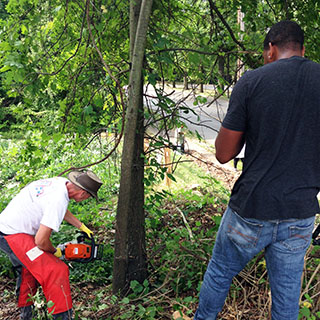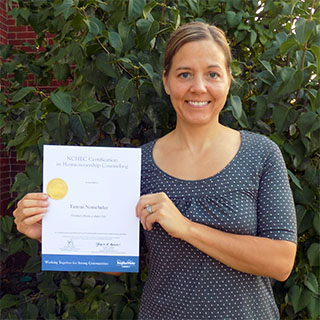Karen Humphries lives on Halls Heights Avenue on the Youngstown’s West Side, and she’s witnessed firsthand the damage out-of-state investors can do to a neighborhood.
Out-of-state owners from various states own six of the 16 houses on the first block of Halls Heights and nine of 38 on the entire street.
Humphries said those houses often sit empty for long periods of time. She sees children going in and out of them when they play.
Graffiti adorns the house at 44 Halls Heights imploring passers-by to perform vulgar acts; the garage behind the house is falling in.
Circumstances are less dire on the 100 block where Humphries lives, but she’s watched a house across the street pass through four owners over the last five years. It currently serves as a rental owned by a Wyoming woman.
Out-of-state investors control about one-quarter of homes on Halls Heights. The city code-enforcement office has complaints open on three houses.
Code enforcement scheduled two hearings for the property at 44 Halls Heights. Both times the property owner failed to appear in court. The Mahoning County Land Bank took control of the property on July 13 – nine years after it was purchased by a limited liability company in California.
The land bank has since purchased three more properties on Halls Heights.
“These out-of-town people have no idea what they’ve done to our neighborhood,” Humphries said. “They’ve destroyed our neighborhood.”
Jerry O’Hara, president of the Garden District Neighborhood Association, also lives on Halls Heights. He agrees with Humphries.
“The out-of-town landlords are bad not just for this street,” O’Hara said. “They’re bad news for everywhere.”
A Citywide Struggle
The problem isn’t unique to the West Side’s Garden District. Out-of-state owners control 15 percent of properties citywide and 22 percent of the city’s 3,900 vacant properties. Out-of-state-owned properties are about 50 percent more likely to be vacant than locally owned properties.
Ian Beniston, executive director of the Youngstown Neighborhood Development Corp., said out-of-state property owners stymie neighborhood stabilization efforts.
YNDC is a U.S. Department of Housing and Urban Development-approved housing counseling agency dedicated to helping people achieve sustainable home ownership, according to its website.
“It’s very difficult for the city to enforce codes on out-of-town owners,” Beniston said. “So what you see happening is a number of out-of-town owners buy property and then just blatantly disregard local codes, taxes and the concerns of local neighbors and residents.”
Youngstown Mayor John A. McNally called YNDC “the main force in helping to improve quality-of-life issues in the city.”
While YNDC works alongside the city, it is a private entity and not part of city government.
One of the ways the organization fights blight is by establishing neighborhood action teams.
The teams started in the Idora Neighborhood on the South Side in 2009, and YNDC has since developed plans for 11 neighborhoods across the city.
The teams focus on transitional neighborhoods – areas that aren’t distressed, but could easily become that way without intervention. They meet on a quarterly basis and develop plans to deal with the worst properties in that neighborhood.
“We start to see a lot more of the out-of-state owners in the transitional neighborhoods, which further destabilizes the neighborhoods,” said Tom Hetrick, neighborhood planner for YNDC.
More stable neighborhoods like Brownlee Woods on the South Side and Rocky Ridge on the West Side have lower-than-average percentages of out-of-state owned properties on the lists.
In the Garden District, 27.5 percent of the problem properties are owned by out-of-state people. In Powerstown – a neighborhood north of Midlothian Boulevard near Struthers on the South Side – it’s more than 40 percent.
“Those [properties] also generally happen to be some of the ones that are the most difficult to make progress on,” Beniston said.
THE COSTS OF VACANCY
Alison Goebel at the Greater Ohio Policy Center said out-of-state investors are a huge problem throughout the state.
“This is the main reason why we still have blight at the levels that we do because of properties that are owned by out-of-state people who are hiding behind ... LLC-types of companies,” Goebel said.
Registering as a limited liability company affords investors many of the protections corporations enjoy. Since they are privately held, however, it can be difficult to track down owners of LLCs, Goebel said
Nancy Martin, president of the Brownlee Woods Neighborhood Association, said investors from Taiwan and Australia own property in her neighborhood.
“There should be some kind of a criteria for people from out of state, out of country [who] are purchasing property in our area,” Martin said. “So far as I can tell, there’s no criteria.”
People from the Netherlands, England and Australia own property in the Garden District, said O’Hara
Out-of-state owners range from companies that specialize in flipping properties to ill-informed investors who get in over their heads purchasing homes over the internet.
“Some of them have no idea what they’re doing,” Beniston said. “When you say, ‘Do you understand Youngstown has 4,000 vacant properties?’ You can feel their mouth drop over the phone.”
Houses will show up on the internet selling for just a few thousand dollars.
“Then they buy it, and they’re stuck with it,” O’Hara said. “That’s what happens a lot of times, and then they just sit because they can’t do anything with them.”
Others peddle predatory, rent-to-own agreements that typically result in default, with the property owner keeping the down payment, all subsequent payments and the property itself.
In the meantime, the houses often fall into disrepair and the burden falls on public entities to maintain them. The community bears the costs of diminished property values, forgone tax revenue, increased safety-service calls, basic maintenance such as cutting grass and boarding up homes and – if the problem remains unaddressed – demolition costs.
A 2008 study looking at these costs across eight Ohio cities found they totaled
$60 million.
“The financial burden is falling on the city, when in fact these are private-property matters,” Beniston said. “Property owners need to be held accountable and made responsible for the conditions of the property.”
Frank Ford, senior policy adviser at Cleveland’s Thriving Communities Institute, conducted a study published by Harvard University concerning foreclosures in Cuyahoga County.
Ford and his co-authors found that properties purchased by out-of-state investors were five times more likely to become tax delinquent, vacant, condemned or demolished than the average property.
Out of State, Out of Sight
Jack Daugherty, neighborhood stabilization director at YNDC, said the problems persist because legal strategies complicate the process of locating property owners.
“You’ll find a lot of times these goofy LLCs are actually all incorporated by the same incorporator, and he operates basically like a shell company,” Daugherty said. “It makes it very difficult to trace the legal history back to him or to hold him responsible.”
Ford said when they tracked properties in Cuyahoga County, they assumed there were up to 100 investors purchasing property.
“It’s only after we dug into it that we realized there aren’t 50, 60 or 100 [investors],” Ford said. “There’s maybe 12.”
Once code-enforcement authorities went after one LLC, the people behind it would start another, as witnessed by Youngstown’s city council.
“We send letters of notice to property owner No. 1,” said Councilwoman Lauren McNally, D-5th. “They simply transfer it to a different name, and then we’re stuck starting from scratch again, and it just keeps it in limbo.”
“People will shuffle different properties back and forth or they’ll move it to a different LLC to avoid prosecution or avoid penalties,” said Councilman Mike Ray, D-4th.
Councilman Nate Pinkard, D-3rd, said the city used to reach homeowners through the tax information filed with the Mahoning County auditor, but property owners have found ways around that.
“A lot of them use companies that basically handle their taxes for them, and all you really get is a post office box,” Pinkard said. “There’s nothing on there that actually lists the actual owner.”
O’Hara said he’s come across properties where the owner listed on the auditor’s site isn’t the actual owner.
“It’s like working a puzzle,” he said. “You just got to put the pieces together until you finally get the damn thing done.” The increased vacancy rate and the difficulties associated with locating out-of-state owners is exacerbated by their tendency to own multiple properties.
The county auditor’s website lists 95 different properties registered to various LLCs connected to a post office box in Sarasota, Fla. Two addresses in Covina, Calf., account for 37 properties.
Mayor McNally said the use of holding companies and LLCs is what separates out-of-state investors from local owners.
“It’s a matter of tracking down who keeps doing the flipping,” the mayor said. “At a certain point, you just sort of lose your patience.”
To read the full story from the Vindicator, click here.
 ,
, 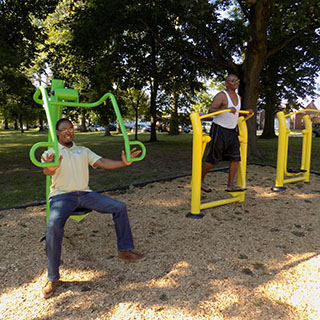 ,
, 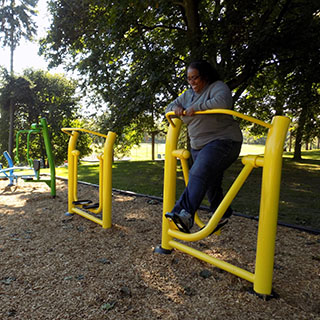 ,
, 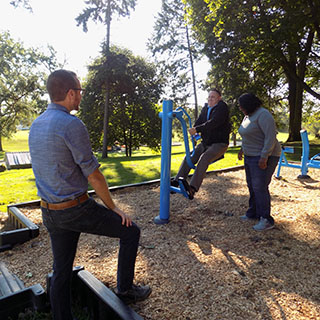 ,
, 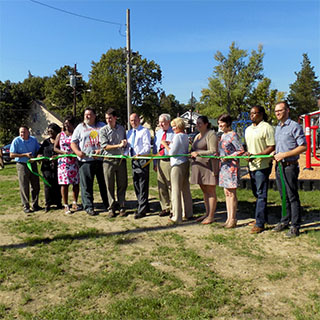 ,
,  ,
, 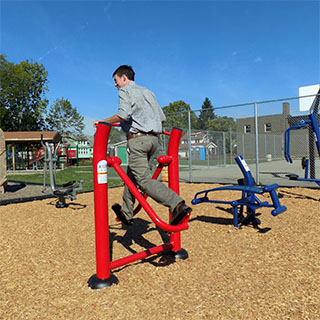
 ,
,  ,
,  ,
,  ,
,  ,
,  ,
, 

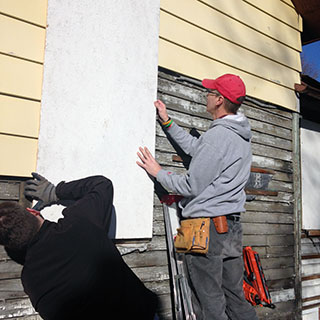 ,
, 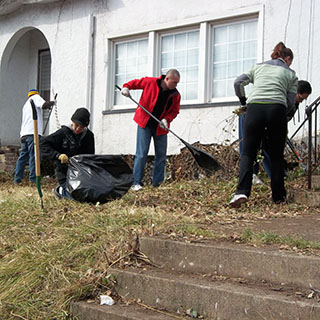 ,
, 